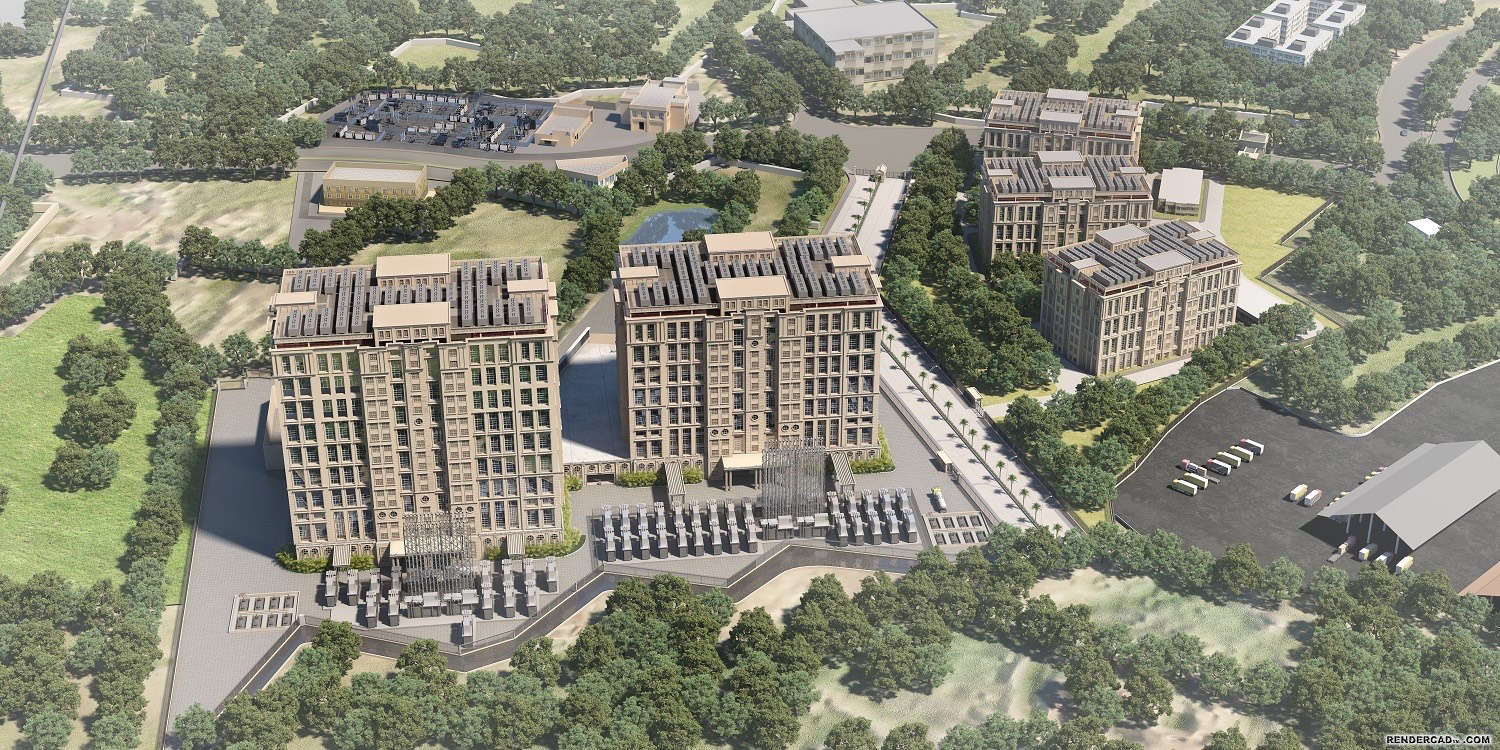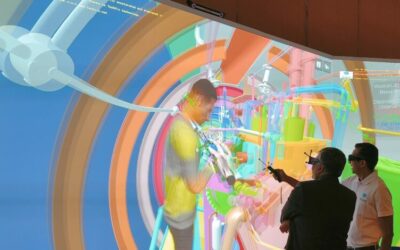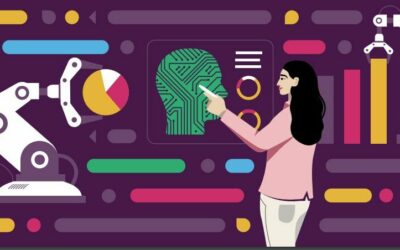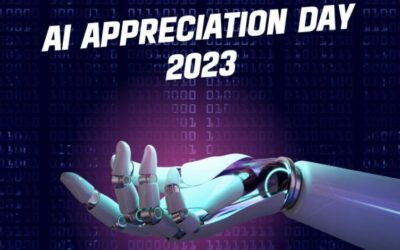UPDATED: The Metropolitan Region of Mumbai (MMR), which includes Navi Mumbai, faced a massive power cut on 12 October at around 10:00 AM. All four power lines supplying power to MMR faced disruptions. Those in the suburbs experienced a two-hour outage. But several regions did not receive power throughout the day. Now many data center parks are located in Navi Mumbai, which faced inconsistent power supply throughout the day, yet it was business as usual for all these data centers (with minimum or zero downtime), thanks to auxiliary power sources like battery backups, diesel generators, and solar energy.
With increased digitalization of information assets and massive cloud adoption, data centers have become the core of the business infrastructure. Can you imagine what would happen if a data center hosting the IT infrastructure of a major stock exchange were to experience downtime due to power failure? It’s unthinkable. Data center downtime will result in immense financial losses and frustrated customers who can’t access services. And it can also impact a company’s share price and market capitalization in the long run. But all this has been kept in mind when designing data centers and it is enforced by rigid certification standards and audits.
To ensure maximum uptime and fault tolerance, data center companies make huge investments in diesel generators and store enough fuel to last for a few days in underground storage tanks.
In a LinkedIn post, Sunil Gupta, Managing Partner & CEO at Yotta Infrastructure said the unprecedented power outage witnessed in Mumbai didn’t affect operations at YottaNM1 data center, “since incidents like these are factored in by our Tier IV design.”
The Yotta NM1 data center received Tier IV certification from the Uptime Institute (USA). With this certification, Yotta NM1 data center’s design fulfills the Tier IV “Fault-Tolerant” criteria, thereby assuring customers of the possibility of superior uptime and continued performance in the occurrence of a fault and its consequential impact. A fault-tolerant data center facility and all the customer applications and workloads hosted there are capable of continuing to operate at full capacity despite a structural failure.
Responding to an email from DIGITAL CREED, Vijay Maheshwari – Head – Data Center Operations, Yotta Infrastructure said a Multi-Tenant Data Center is meant to deliver superior uptime as compared to an on-premise data center and this is where many Enterprises are now moving away from captive setup to a third-party data center provider.
“Besides this, an Uptime Institute design certified Tier IV data center like Yotta NM1 can function uninterrupted in case of power outages and disasters. Any failure in power or cooling systems or for that matter any other parameter will not bring down a customer’s rack or any other infrastructure at any point in time. Yesterday, when the power outage occurred, our Diesel Generators and fuel system supplying fuel to these generators kicked in automatically ensuring operational continuity for our customers,” said Maheshwari.
Explaining the series of incidents that occurred when the power failed at 10:00 AM in Mumbai, Sunil Gupta said, “At 10.04 AM when the power outage occurred from the utility side, our diesel generators kicked in automatically and started powering the server racks as well as our chiller/cooling system and all other support loads. To keep the building operations uninterrupted, we have 6 Lakh litres of fuel stored in underground tanks that can keep us running for 2 continuous days (48 hours) at full load, and for much more no. of days at partial load. Being an Uptime Institute certified Tier IV Data center, our facility is fail-safe and guarantees 100% uptime irrespective of such massive power failures or other natural or man-made disasters.”
Pari Raman, Vice President, Operations STT GDC India, said their data centers are equipped to handle the situation like the one experienced yesterday, effectively.
“Across all three of our data center facilities in Mumbai, we have ensured uptime and facilitated business continuity to all our customers without any disruptions, whatsoever. Our state-of-the-art redundancy architecture along with our business continuity plan (BCP) is a vital tool that prepares us for such incidents that could otherwise impact business operations. While the situation has been managed by the appropriate authorities and power to the city has been restored, we are constantly observing and monitoring the situation and remain prepared to deal with any further disruption if need be,” said Raman.
Sustainable Power
Data centers are also going in for sustainable power solutions, generating their own power and even feeding it back to the national grid. NTT Ltd. recently announced it was building a 50 MW Solar Photovoltaic (PV) power plant in Solapur, Maharashtra, in partnership with Tata Power. The company’s new Solapur power plant is aimed at meeting 83% of the power needed by its Mumbai data centers. The capacity can be expanded to generate another 50 MW solar power in the future. In a recent press briefing, Sharad Sanghi, CEO, Global Data Centers and Cloud Infrastructure of NTT Ltd. told DIGITAL CREED that NTT will contribute 83% of the power consumed from the grid — it will be generated at the solar plant and fed back to the national grid.
“In the Chandivali campus, we get feeds from power providers like Tata (Power) and Adani (Power). But whatever units we consume from them we generate in our solar plant in Solapur to the grid so that it gets offset. We generate an equivalent amount of power (83%) to the grid,” said Sanghi. “When we augment that with Wind (energy) it will come close to 100%.”
Yotta Infrastructure also has plans for powering its data centers with its own captive solar power plant and an on-site captive gas-based co-gen power plant. Yotta revealed its plans when it inaugurated “Asia’s Largest and World’s Second-Largest Certified Data Center” in July this year. It claims it built the Uptime Institute Certified Tier IV data center in less than 12 months.
CtrlS has solar panels on the sides of its data center buildings in Navi Mumbai. It is already generating sustainable power and saving on power costs, passing the savings to its customers. DIGITAL CREED observed this during a data center tour two years ago.
Conclusion
Data centers are the powerhouses of businesses in the digital age. A downtime of even a few seconds cannot be tolerated due to power failures and natural calamities like floods. While there is ample power redundancy built-in by design, the costs of fuel can be prohibitively high and diesel as a source of backup power is not sustainable in the long-term. Storing lakhs of liters of fuel in underground diesel tanks is both expensive and risky. Therefore, data center companies need to turn to other sources of energy (like Wind and Solar) to be sustainable in the long-term. The companies mentioned in this story figured this out a long time ago and have further minimized their risks.
Image: Yotta Data Center Park, Panvel, Navi Mumbai










